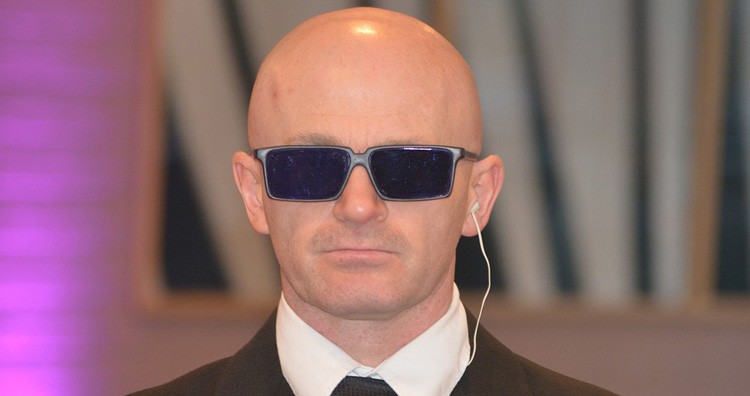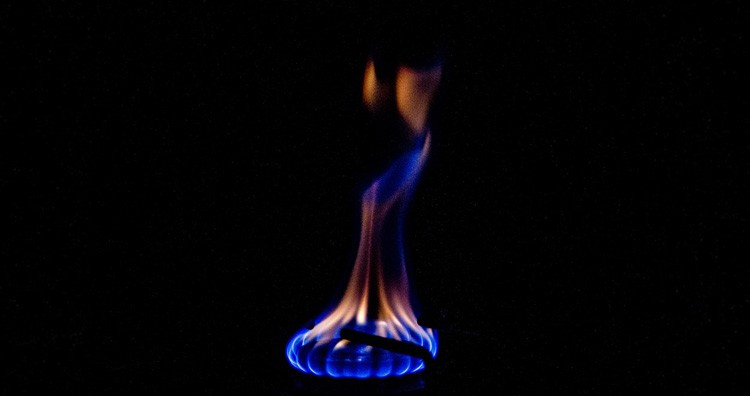10 Interesting Facts You Are too Lazy to Google – Part 3
6 Why do bald men have heads with a shinier surface than the rest of the body?
You might have noticed many bald men with a smooth, shiny head and the rest of their body is totally the opposite. We often get curious as to why the skin on the bald head is shiny while the rest of the skin looks dull. The reason is quite simple. Most of the skin on our body is covered with tiny hair, known as “vellus hair.”
These hairs give our skin a bit fuzzy and velvety appearance and make it look dark. But when it comes to the baldness in males, the follicles of the hair are shrunk and change into the skin cells. There’s no trace of a single hair on the skin.
The scalp of a bald man appears shiny, and it’s all because of the sebaceous glands present beneath the skin. The sebaceous glands are found all over the skin of our body and secrete oil to keep the skin moist and supple.
However, our scalp has the maximum amount of these glands and secrete more oils compared to any other body parts. These oils, when secreted onto the scalp, coat it entirely and makes it look reflective and shiny. (1, 2)
7 Why do we occasionally hear high-pitched sounds from a microphone?
The noise from the microphones is quite common and occurs frequently. The reason is an unusual physics phenomenon that is related to the screeching sound called “audio feedback.” This feedback is the high-pitched noise that you hear while speaking on the mic. The audio system used consists of three components: speaker, microphone, and amplifier. When all these three are present together, there are chances of feedback occurring.
Let’s take an example. You are delivering a speech in front of a huge audience. When you speak into the mic, your voice is transmitted from the mic to the amplifier. The amplifier helps to enhance the signal amplitude which is received from the microphone. Once the signals are amplified, the speakers receive them, and that is where the audio output occurs.
The electric signals are then converted to sound signals and are then delivered to the audience. But, if the sound from the speakers travels back to the microphone, the entire process starts again. That is the microphone sends the sound signals to the amplifier, which transfers them to the speaker, and then back to the microphone. This keeps going on and on, over and over again, which is why you hear a squeaky, ear-piercing noise from the microphone. (1, 2)
8 Why does fire flame change colors from orange to blue while the color of the Sun remains the same?
You would have often seen fireplaces where the color of the flame keeps changing with the temperature. The flame is white in color near the logs and yellow in the middle where the temperature is the hottest. Above the yellow, you might notice that the flame is orange and becomes red as it grows. The flame gets cooler then, and you might notice that the flame after red is either blue or black.
This is because there is no combustion as the flame tapers at the top. The different colors of the flame are due to the spectral band emission and black body radiations. Another factor that plays a major role in different hues of the flame is the amount of oxygen supply and the extent to which the fuel and oxygen mix. This, in turn, determines the combustion rate, temperature, and path of reactions which leads to producing different colors in the flame.
When it comes to the Sun, it appears nothing but orange. The truth is that the color of the Sun is white if you look at it from outer space. Our atmosphere scatters sunlight of shorter wavelengths, which is blue in color. As a result, the Sun appears orange and not white. Also, the temperature of the Sun remains constant, unlike the flame, which is why it appears orange and not any other hue. (1, 2, 3)
9 Why do we feel muscle soreness after 24 hours of a workout and not immediately?
Many of us who work out regularly would have experienced that our body starts to ache a day or two after we’ve hit the gym. We often experience weakness, aching, burning, and jelly-legs after we’ve exercised. But do you know why this does not happen immediately after we’ve exercised?
The American College of Sports Medicine (ACSM) refers to this as “delayed onset muscle soreness” (DOMS), which occurs between 24 to 72 hours after you exercise. This muscle soreness doesn’t occur immediately after workouts and not every day. It happens only when you are introduced to newer exercises, or when you workout in excess.
The soreness in your muscles is due to eccentric exercising, meaning the workouts that consist of contractions of your muscles. You feel the muscle stiffness and tenderness when your muscles are contracted, stretched, or undergo any kind of pressure. The pain that you feel when your muscles hurt is a type of side effect of the muscle-repairing process. (1, 2)
10 How do vacuum flasks help in keeping the hot liquids hot and the cold liquids cold?
Vacuum flasks are a type of insulator, which means it doesn’t allow heat to transfer easily. You would have noticed that if you fill a vacuum flask with a hot beverage. It stays hot, close to the same temperature for hours. Similarly, it keeps the cold drink cold. The vacuum flask has two different vessels that are placed within one another and then joined up by the neck. There is a slight gap between these two vessels which is partially evacuated of air.
It is this gap that creates a partial vacuum that, in turn, reduces the conduction or convection of heat. In simple terms, it prevents the transfer of heat. The heat transfer through thermal radiation is minimized as well since the flask surfaces facing the gaps are coated with silver. Similarly, it keeps the colder things cold for a longer time.
The vacuum flask doesn’t contain any cooling device, but it is the same vacuum created between the gaps of the flasks that maintain the cold temperature. The heat transfer is prevented reaching the colder contents of the flask due to the vacuum between the walls. (source)
Why Faking the Moon Landing Footage Was Just Impossible
10 Crazy Reasons People Received Fines




























